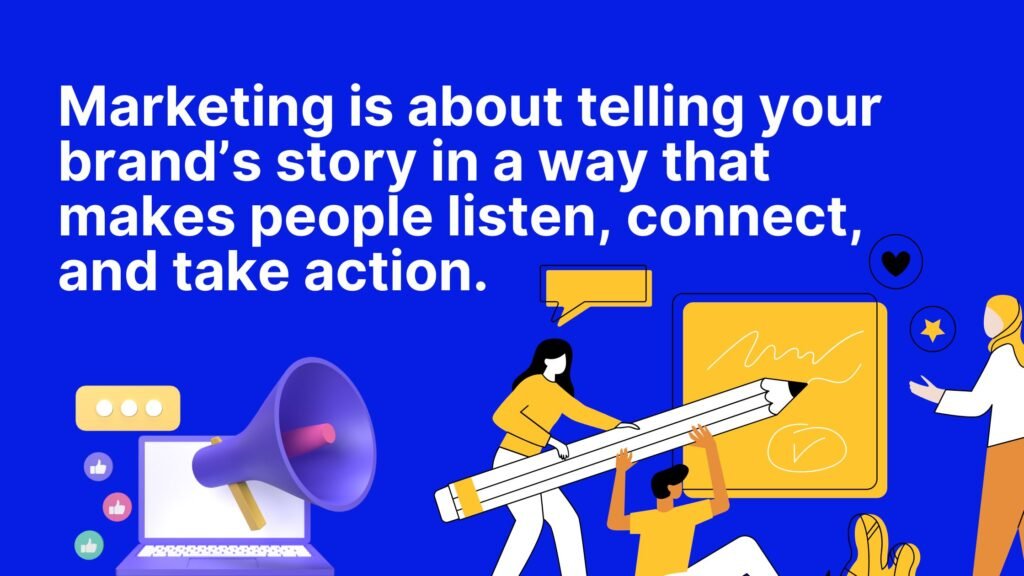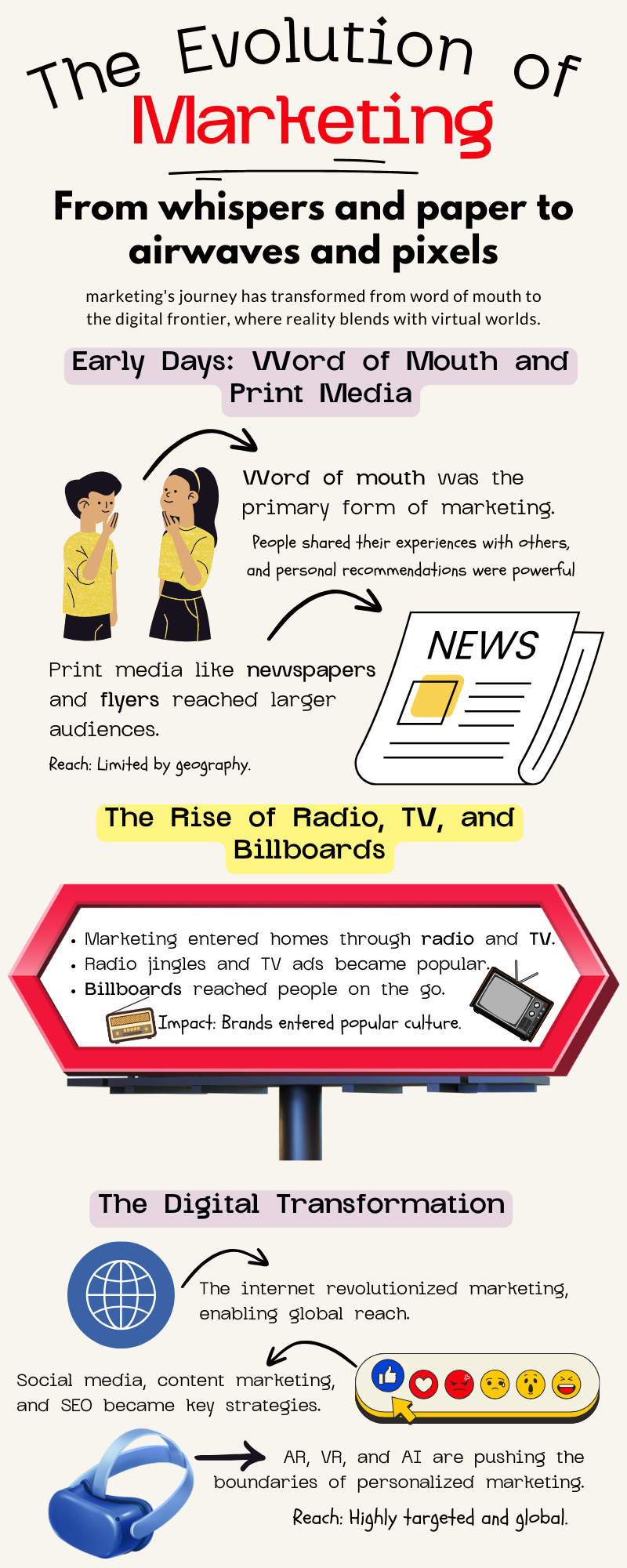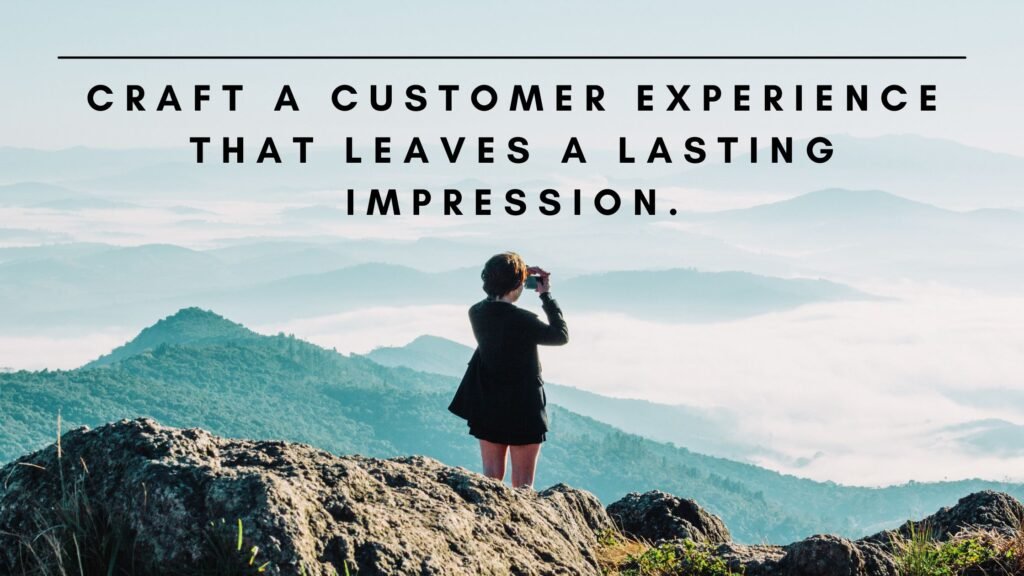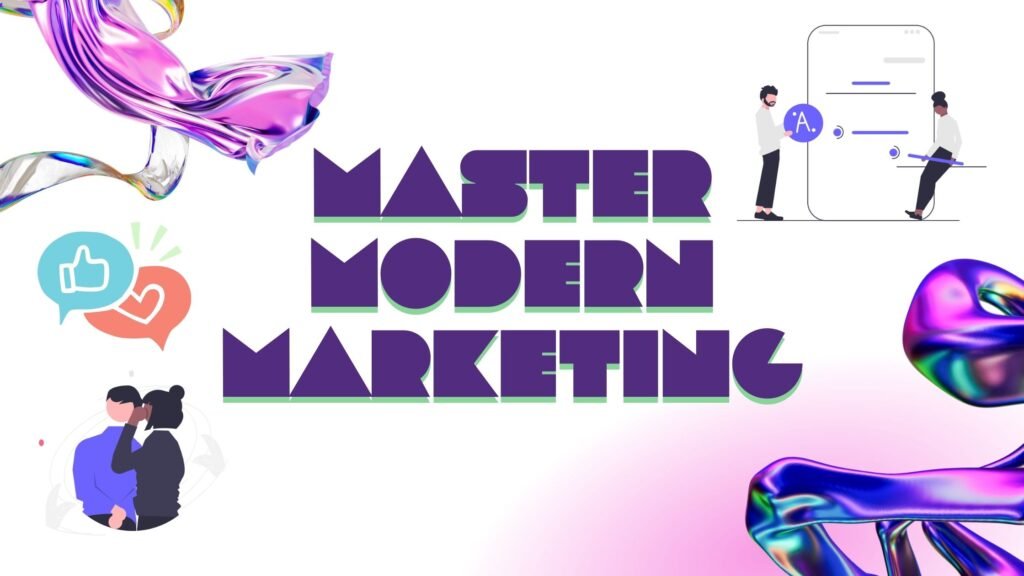My neighbour, a brave man, has a kid who—like every other kid—treats vegetables like they’re part of some international conspiracy. The kind where broccoli and carrots are enemy spies, lurking in every meal, waiting to attack.
The kid looks at those greens like, “Dad, I don’t negotiate with terrorists.” So what does my neighbour do? He gets creative. He’s like, “Fine, you don’t want broccoli? Let me introduce you to Captain Broccoli!” And now broccoli’s not just broccoli; it’s a superhero power-up! Suddenly, the story goes, you eat a carrot, and boom—you’re fast like The Flash! You eat spinach, and you’re out here lifting cars. Popeye vibes, anyone?
He even starts shaping the food—like creating a forest on the plate. Trees are sprouting up from the mashed potatoes. Birds are singing in the peas. The kid’s eating in a whole vegetable universe now. And, of course, he’s hooked because who doesn’t want superpowers, right?
Marketing’s kinda like that dad. It’s about finding a story that makes people sit up, pay attention, and go, “Wow, I didn’t even know I wanted this!” Whether it’s vegetables or sneakers, you’re out here telling people, “Hey, this thing right here? It’s exactly what you need in your life.” Marketing, folks—it’s not selling; it’s a well-crafted story that somehow gets you to love the product and tell your friends all about it. It’s the bridge from “meh” to “yes, please!”

Marketing is Forever Evolving
Alright, so marketing isn’t exactly a new invention; it’s been around, adapting like some sort of marketing chameleon. Every time we humans change how we communicate, marketing is right there, sliding in to keep up with our new fads, tech, and what we think is “cool.” Just like fashion, it moves with the times—today’s TikToks are yesterday’s TV jingles and last century’s newspaper ads. And looking back actually tells us a lot about why we market things the way we do today.
The Early Days: Word of Mouth and Print Media
Let’s rewind to simpler times. Back then, marketing was as old-school as it gets—just people recommending things face-to-face, and this was the gold standard. If Uncle Joe said, “That guy down the road makes the best shoes,” people listened. Then, print came along, and boom! Businesses had newspapers and flyers, giving them a megaphone to reach way more people. This was the start of marketing as we know it—small, but it was the first step.
The Rise of Radio, TV, and Billboards
Then came radio and TV. Suddenly, brands could talk to you right in your own living room, all cozy on the couch. Jingles, slogans, and even commercials started becoming the thing you remembered—sometimes more than the actual show! And let’s not forget billboards, those giant ads hovering on your commute, practically begging for attention. Marketing had officially moved into the living room, and people loved it (or they were at least humming the jingles).
The Digital Transformation
Fast forward to now. The internet changed everything. Now brands don’t just reach people in homes—they reach the whole globe, instantly. They use SEO, social media, content, personalized ads; it’s all targeted down to “Hey, did you just search for hiking boots? Well, here’s some we think you’ll like!” It’s gotten so fine-tuned that now brands know what you’re into before you even do. And with tech like augmented reality (AR) and AI, it’s getting interactive, like a choose-your-own-adventure for grown-ups.

The 4 Ps of Marketing
Now, let’s talk basics. There’s this concept called the “4 Ps of Marketing”—Product, Price, Place, and Promotion. Sounds fancy, but it’s really just about covering your bases. Got a great product? Check. Is it fairly priced? Check. Easy to find and buy? Double-check. And are people actually hearing about it? Bingo. Nail all these, and you’re golden.
- Product
Think of your product as your brand’s main character. It’s the hero, whether it’s ice cream or software. And just like a main character, it has features and qualities people either love or don’t. - Price
Setting a price isn’t just guessing. Are you going for that premium, exclusive vibe, or are you more of the “affordable but reliable” kind of brand? Pricing can make people see your product in a whole new light. - Place
It’s all about access. Do people know where to find you? Are you online, in stores, or in an app? Make it easy, and they’ll come. - Promotion
Here’s the fun part. Getting the word out. Advertising, partnerships, social media, influencer shout-outs—it’s all about spreading the story.
The 4 Ps are like a team; they play off each other. Change one, and it could mean you’ll need to adjust the others. Get the 4 Ps right, and marketing isn’t just a concept—it’s a strategy that connects you to people, gets them to believe in your product, and helps them stick around for the long haul.
Understanding Your Target Market
So, imagine you’re a mom who’s got her kid all figured out. You know the kid’s favorite color, favorite food, the fact that he’s secretly terrified of spiders but dreams of being a “spider whisperer” someday. You get it. You’re in tune with this little human, right? Now, this is basically what a good marketer does with their target audience. You need to understand the people you’re trying to reach like you’re their biggest cheerleader. If you can figure out their quirks, needs, and dreams, you’re already halfway to making a real connection.
Key Elements of Understanding Your Target Market:
- Demographics: Things like age, gender, income, where they live—these basics help you know who you’re working with.
- Psychographics: Think interests, values, and beliefs. Are they more “DIY chic” or “hire-it-out professional”?
- Behaviors: What are their shopping habits? Do they stock up during sales or are they loyal to certain brands?
- Needs and Wants: What are they hoping to solve? Are they after comfort, status, or just some peace of mind?
Example: Let’s say you’re selling eco-friendly clothes. Your audience is likely people who care about the environment and are willing to pay a bit more to help protect it. Knowing this, you can market the clothes by focusing on the environmental benefits. When you’re speaking to their values, they’ll listen.
Questions to Dig Deeper:
- Who: Who’s the audience? Are they teens, parents, or corporate types?
- What: What do they like? Are they into travel, fitness, binge-watching?
- What do they need: What problems are they trying to solve?
Answer these, and you’ll create messages that feel like they’re speaking right to them.

The Customer Journey: Understanding the Path to Purchase
Alright, so we’ve talked about understanding your market. Now let’s talk about the road they travel from the moment they think, “Hmm, maybe I want this” to “I need this!” That journey is called the Customer Journey, and it’s basically your map to understanding how people move from curiosity to being a loyal customer.
Stages of the Customer Journey:
- Awareness: People first hear about your product. Maybe they see an ad, maybe a friend raves about it. Either way, you need to grab their attention.
- Consideration: Now they’re interested but on the fence. They’re comparing options, reading reviews, and scoping out your website. This is where you need to shine—show them why you’re worth their time.
- Decision: They’re sold! They’re putting that product in the cart and clicking ‘buy.’ Make this process smooth, reassuring, and exciting.
- Retention: Just because they’ve bought once doesn’t mean they’re yours forever. Keep them happy with loyalty programs, follow-up emails, and excellent customer service.
Advocacy: This is the dream. When customers love your product so much they’re telling others about it. Encourage it! Offer incentives for referrals, create shareable content—anything to get them talking.
How Marketing Fits in at Every Stage
Marketing is like the coach alongside each stage, cheering them on and making sure they’re happy. Here’s a quick run-through:
- Awareness: Eye-catching ads and content that draw people in.
- Consideration: Give all the details they need to be confident, like comparisons and testimonials.
- Decision: Make buying easy—discounts and seamless checkout processes help!
- Retention: Send thank-you notes, exclusive offers, and top-notch customer service.
- Advocacy: Run referral programs and encourage social media shares to get people talking.
Real-World Example: Think of a small bakery. They start with social media to get the word out, offer samples to make people curious, and then send thank-you notes with each purchase to build that loyalty. And as their fans share on social media, the bakery grows even more.
The Power of the Customer Journey
Understanding the customer journey means you’re not just selling a product—you’re creating an experience that people connect with and want to share. The more you know each stage, the better you can guide your customers to love what you’re offering.
So, as you put these pieces into practice, remember: marketing isn’t about pushing products; it’s about connecting with people. And when you do that right, the rest falls into place naturally.
